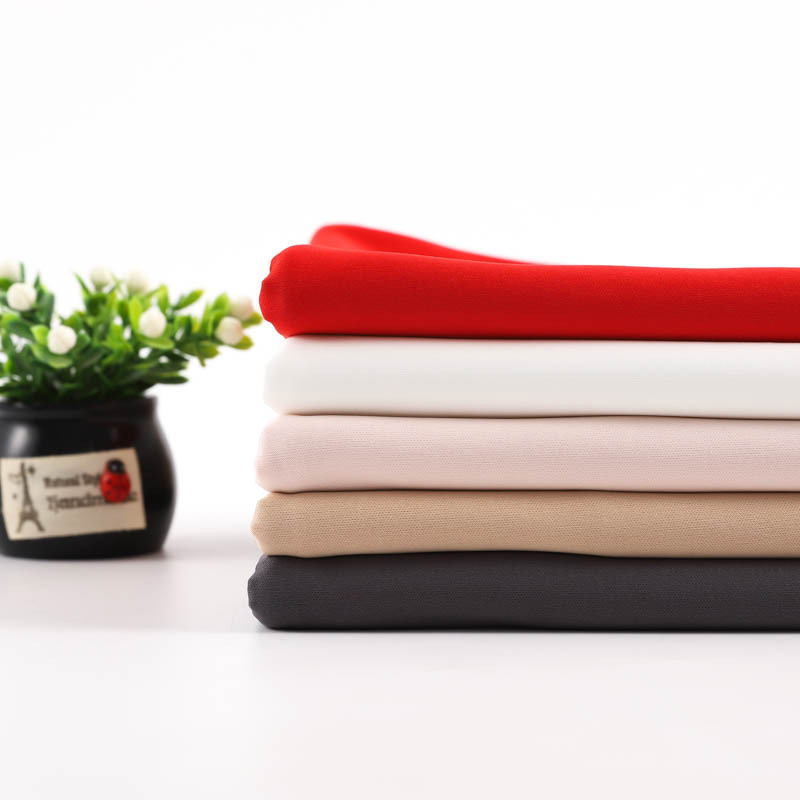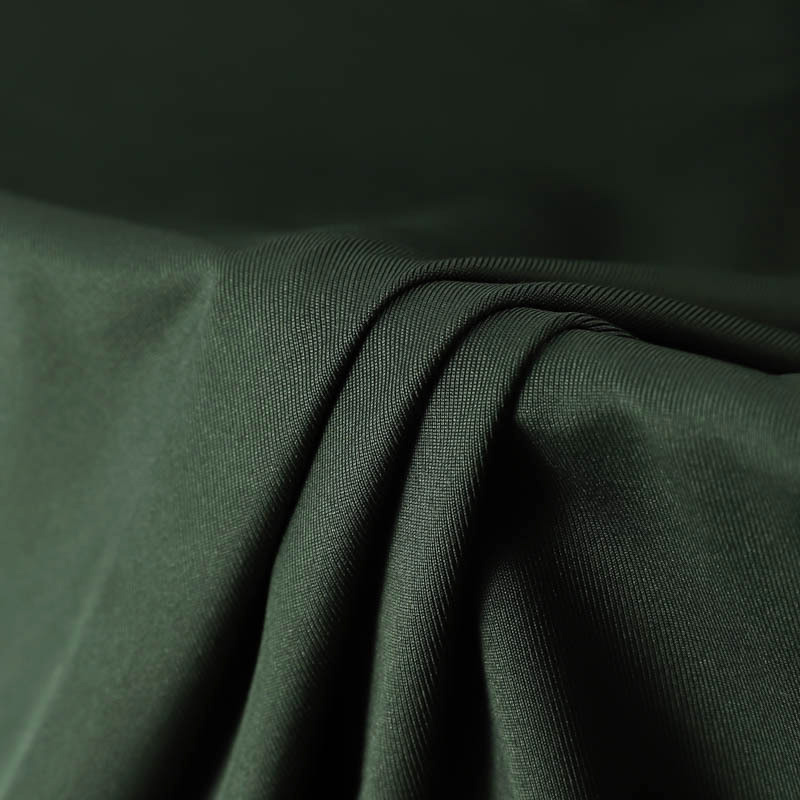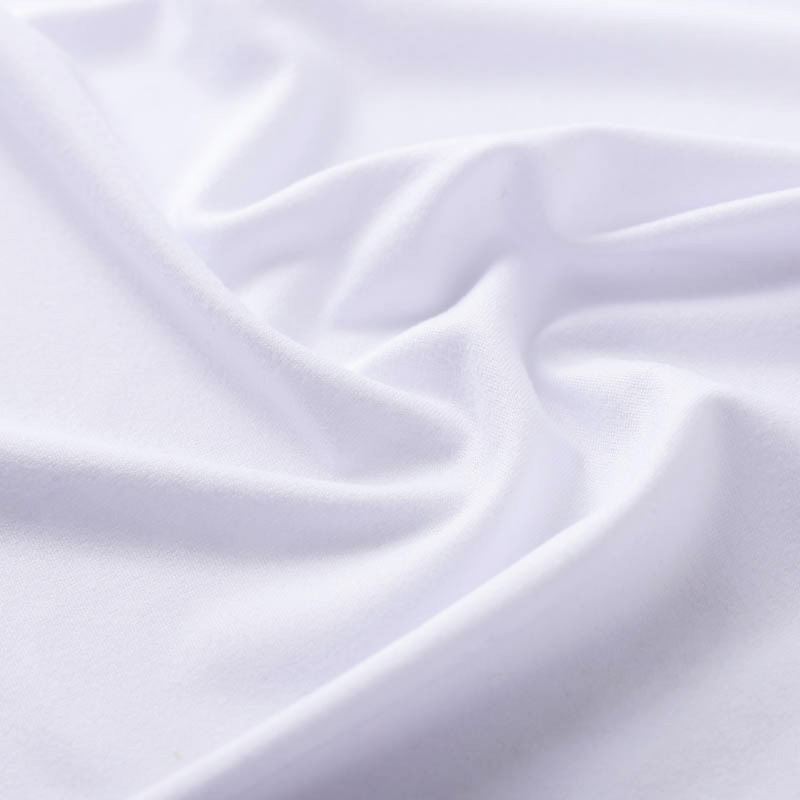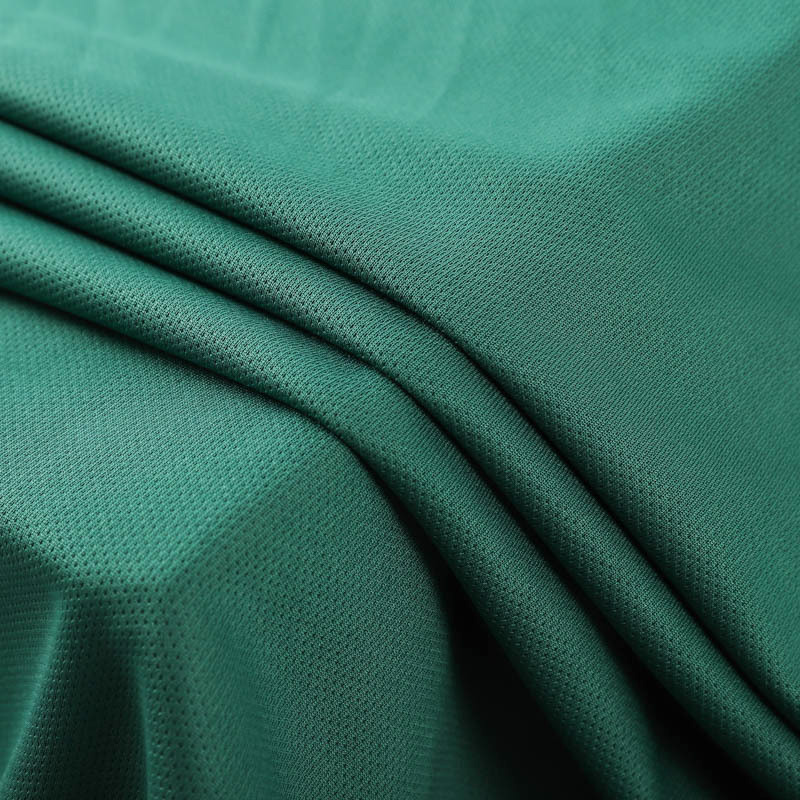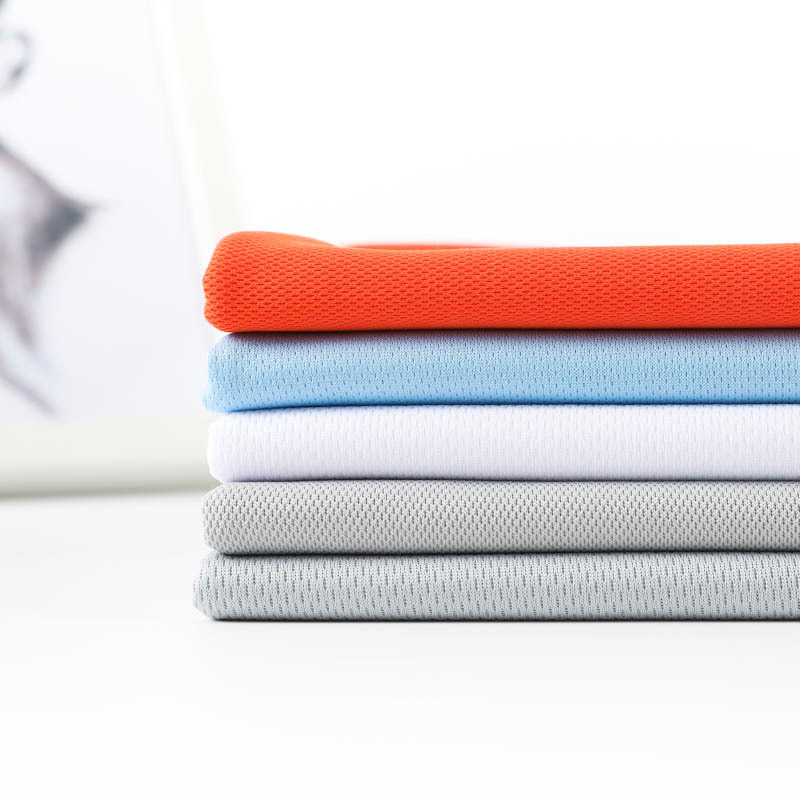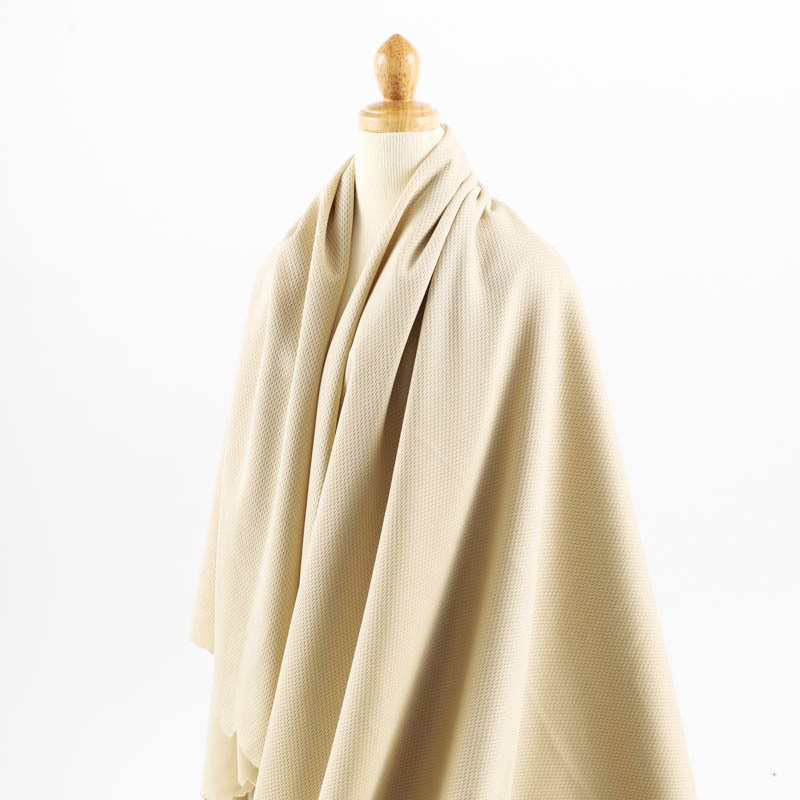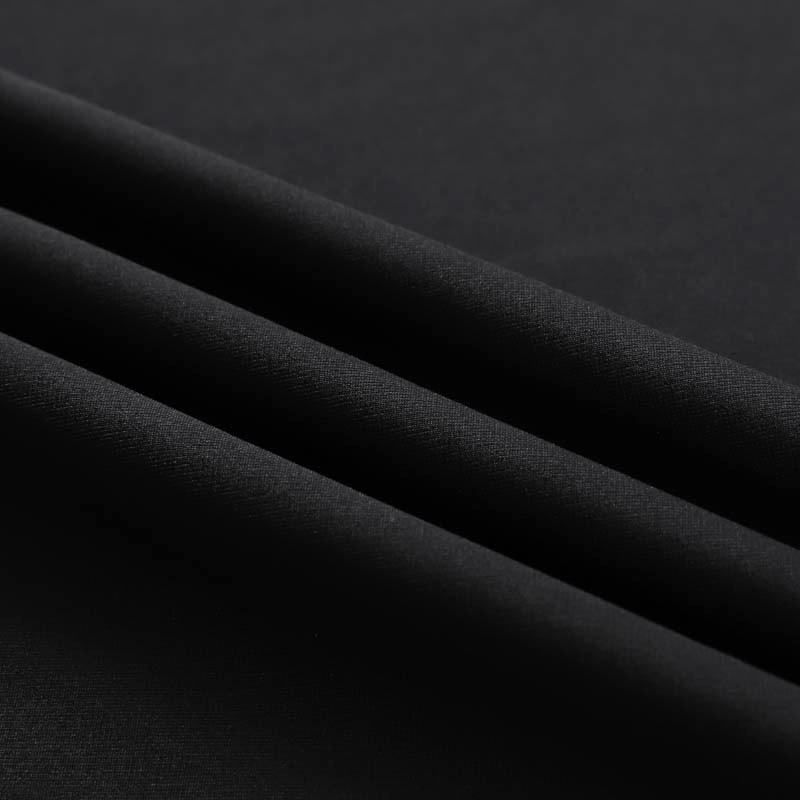With the proposal of the "dual carbon" goal and the rapid popularization of global sustainable concepts, the textile industry is ushering in a profound green transformation. In this storm of transformation, environmentally friendly clothing fabric, as a key link in promoting carbon reduction and consumption reduction in the industrial chain, has received increasing attention from the industry and the market. It is particularly noteworthy that technological innovation is becoming the core engine for the breakthrough development of environmentally friendly fabrics. From the source of materials to production processes, from recycling to intelligent manufacturing, technology is deeply empowering the green upgrade of clothing fabrics, injecting new momentum for sustainable development into the entire industry.
Strong demand for environmentally friendly fabrics, technological innovation has become a breakthrough
Traditional clothing fabrics generally have problems such as high energy consumption, high pollution, and high emissions in the production process. With the tightening of environmental protection regulations and the enhancement of consumers' green awareness, the industry faces the dual pressures of material substitution and technological innovation. Environmentally friendly fabrics are rapidly rising around the world because of their renewable raw materials, low-carbon processes, and environmentally friendly use.
However, if we want to fundamentally change the current situation of the industry, it is far from enough to rely solely on traditional raw material replacement. The promotion of technological innovation has become the key to achieving breakthrough development of environmentally friendly fabrics. The development of new environmentally friendly fibers, breakthroughs in green dyeing and finishing technologies, and the introduction of intelligent manufacturing systems are changing the design, production, and application of fabrics at an unprecedented speed.
Research and development of new fiber materials opens up a new situation for environmentally friendly fabrics
On the material research and development side, technology companies and research institutions are constantly launching new fiber varieties with excellent performance and environmentally friendly characteristics. Typical representatives include:
Recycled polyester fiber (rPET): Recycled from discarded plastic bottles, it not only reduces plastic pollution, but also significantly reduces carbon emissions. It is widely used in sportswear, outdoor equipment and other fields.
Bio-based fibers: Fibers made from castor oil, corn, and bamboo pulp have natural antibacterial, moisture-absorbing and breathable functions, and have become an important cornerstone of sustainable fashion.
Marine recycled fibers: For example, ECONYL® is made from recycled nylon such as discarded marine fishing nets. It is not only environmentally friendly, but also has comparable performance to virgin nylon. It has been adopted by many high-end brands.
The research and development of these materials is inseparable from the continuous breakthroughs in key technologies such as advanced molecular modification, composite spinning, and green synthesis, making environmentally friendly fabrics no longer just a synonym for "environmental protection", but also a synonym for performance upgrades and quality improvements.
Green dyeing and finishing technology has become a key link in carbon reduction and emission reduction
Textile dyeing and finishing has always been one of the most "heavily polluting" links in the industry. High-temperature energy consumption, water resource consumption and the use of chemical auxiliaries have always been criticized. For this reason, the industry's technological innovation is accelerating:
Low water consumption/waterless dyeing technology: such as supercritical CO₂ dyeing technology, by pressurizing and liquefying carbon dioxide, replacing traditional water-based dyes, almost achieving "zero water consumption" and greatly reducing wastewater discharge.
Digital printing technology: Compared with traditional printing methods, digital printing saves a lot of dyes and auxiliaries, can accurately apply colors according to design requirements, and greatly reduce resource waste.
Plasma modification technology: It can achieve the improvement of fiber surface activity without adding any chemicals, and further promote the realization of green functional fabrics.
The application of these advanced dyeing and finishing technologies not only provides green production guarantees for environmentally friendly fabrics, but also improves product added value and market acceptance.
Intelligent manufacturing enables efficient production of environmentally friendly fabrics
With the in-depth promotion of the concept of Industry 4.0 in the textile industry, intelligent manufacturing has become a key path to promote efficient, controllable and low-carbon production of environmentally friendly fabrics.
Flexible production system: Through big data analysis and automatic control, small batch, multi-variety and high-efficiency fabric customization can be achieved to reduce the waste of raw materials.
Energy management platform: Real-time monitoring of energy consumption of each process, dynamic optimization of energy efficiency distribution, and significant reduction of production carbon emissions.
Full process quality tracking system: Ensure that each batch of environmentally friendly fabrics meets green standards, improve transparency, and enhance the trust of end customers.
Many domestic and foreign fabric manufacturers have deployed smart factories to achieve sustainable development goals through the "green + smart" dual-wheel drive.
Future trends: Technology leads the intelligent, multi-functional and large-scale development of green fabrics
Looking to the future, the development of environmentally friendly fabrics will be more dependent on technology. Under the guidance of the three major directions of "low carbon", "intelligent" and "high performance", environmentally friendly fabrics will gradually achieve the following changes:
1. Multifunctional integration: Environmentally friendly fabrics are no longer limited to "green labels", but are expanding to functions such as UV protection, antibacterial, temperature regulation, and fire prevention.
2. Enhanced intelligent responsiveness: By implanting sensing fibers, real-time response to external environmental changes such as temperature and humidity can be achieved, improving the user's wearing experience.
3. Coexistence of manufacturing automation and personalization: Aiming at flexible production, AI algorithms are used to quickly match fabric requirements, improve response speed, and reduce waste.



 English
English  中文简体
中文简体 